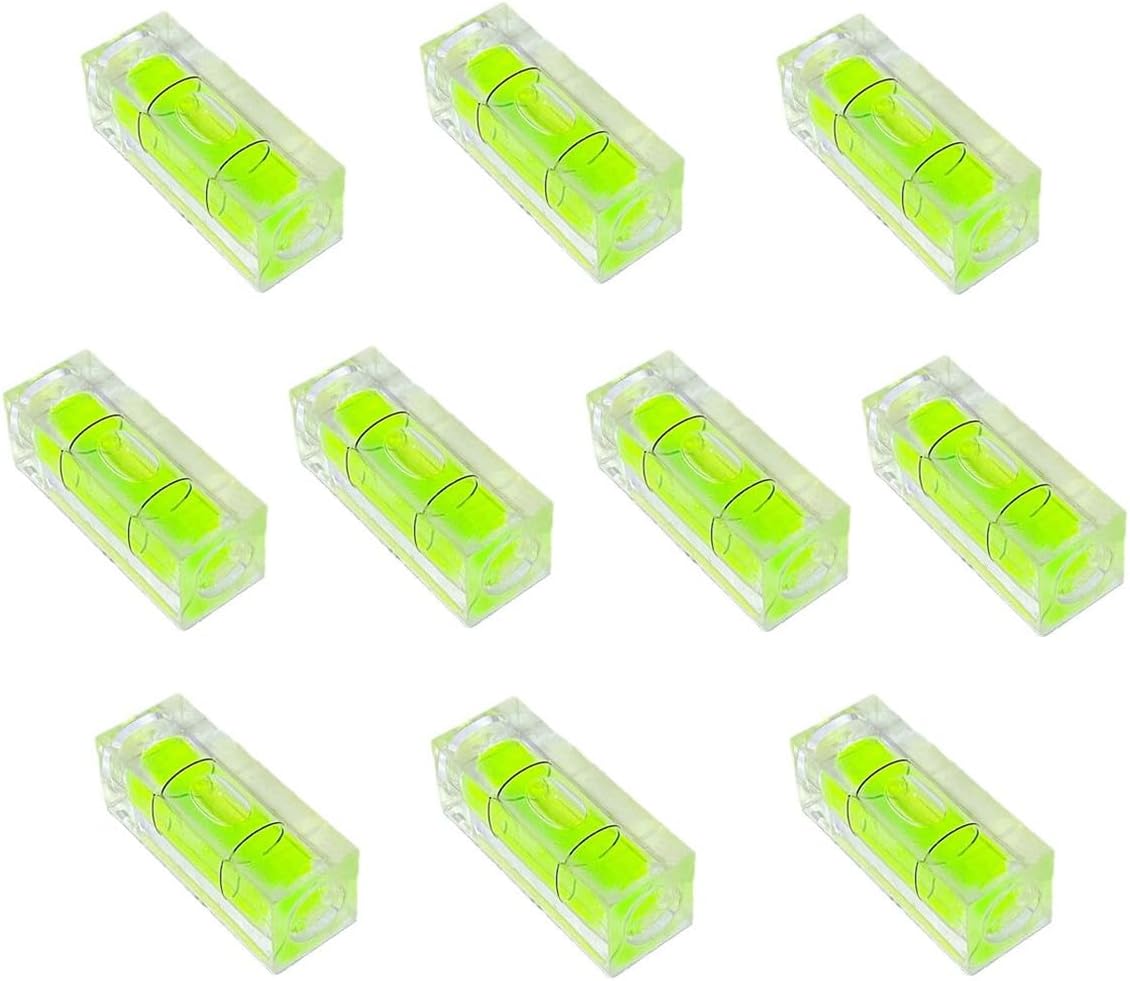dogberry
that ’damage’ comment was from AI, sorry I reposted it.
It is true that an advanced stylus shape with much larger contact area makes less wear (than spherical/elliptical shapes), thus over a lot of plays (unlikely with a large collection), increased wear will occur using either a conical or elliptical shape, due to both less contact area and typically higher tracking force.
Wear is normal, I would not use the word ’damage’ for wear, even though I prefer light tracking linear stylus shapes (Stereo or Mono) (1.0g; 1.25g) because of the reduced wear while hearing preferred performance.
My previously worn LP’s (mine from High School/recently bought) (played with prior spherical/elliptical stylus shapes) sound both better and quieter when thoroughly cleaned (vigorously scrubbed) and now played with linear contact profiles.
-
"from AI: (contains errors):
-
"True Mono vs. Stereo Cartridges:
-
It’s important to note that a "true mono" cartridge has only two pins, (wrong) while a stereo cartridge has four. Using a stereo cartridge on a mono LP can cause damage to the record. "
.............. Both my true Mono cartridges have 4 pins ..........................
MI (uses MM Phono Input) Grado ME+ Elliptical
MC AT33PTG/II Mono rebuilt with advanced stylus shape by VAS
My choice of SUT was lucky in every way, it has 3 front selectable inputs for my 3 arms, thus only 1 out to my preamp’s MM Phono In
and it has PASS for my MM and Grado MI, and 4 optional xfactors and resultant impedances for Low Output MC.
Multiple arms: Choice of Tonearms, Height Adjustment, SUT, solving high/low multiple inputs, I got help with it all here, and my choices turned out to be both good and lucky
I don’t use height adjustment for ’perfect’ SRA/VTA, that’s too fussy for me, I go for the standard ’arm level when stylus down in the groove’, and interchangeable cartridge’s playing heights do vary. I put these levels on the arm, back near the pivot, with a speck of tack, balance them, then add tracking weight .... You can leave it on or off depending on .....
amazon, 10 inexpensive levels to put on Tonearm

Until my 2019 Overhaul, I avoided Low Output MC because they ALL had HUM back when I was younger (ears better then too). This SUT has ZERO HUM, and is not fussy where you put it. I have had it in several locations, now it is under the Plinth, facing right side, near the TT81 motor, facing the preamp and amp.


